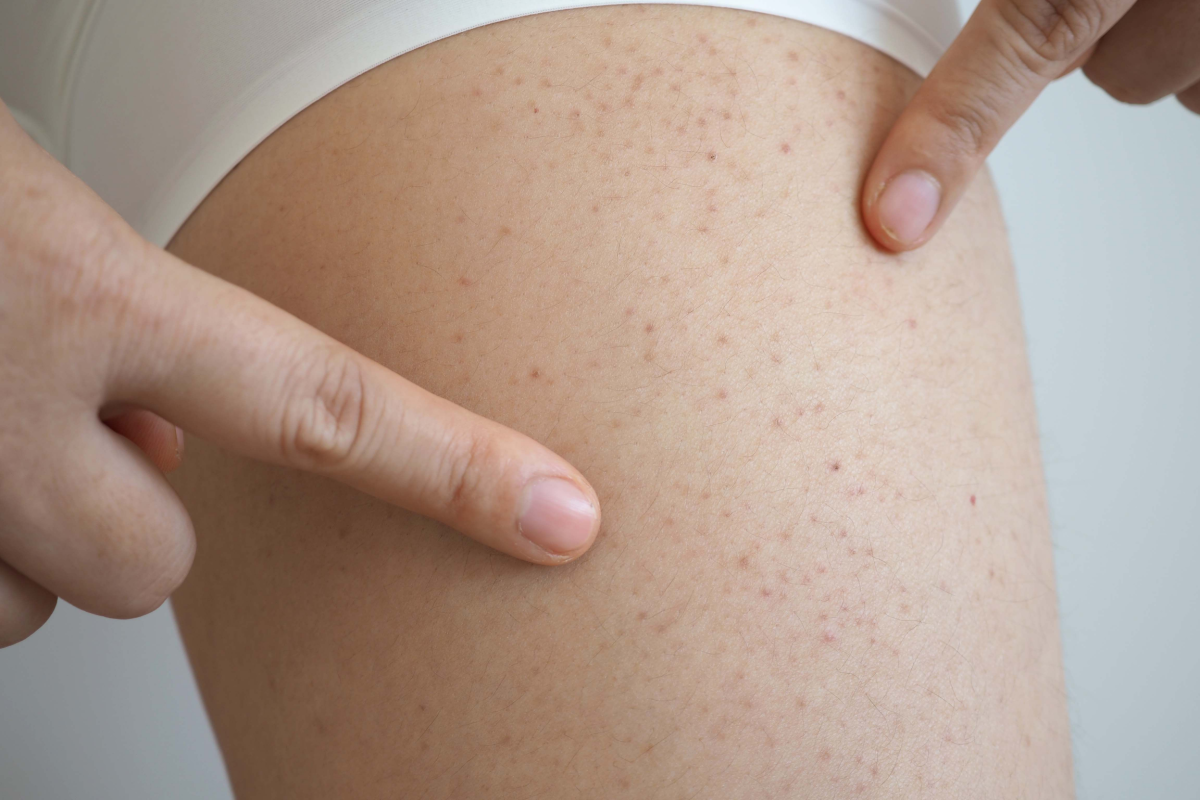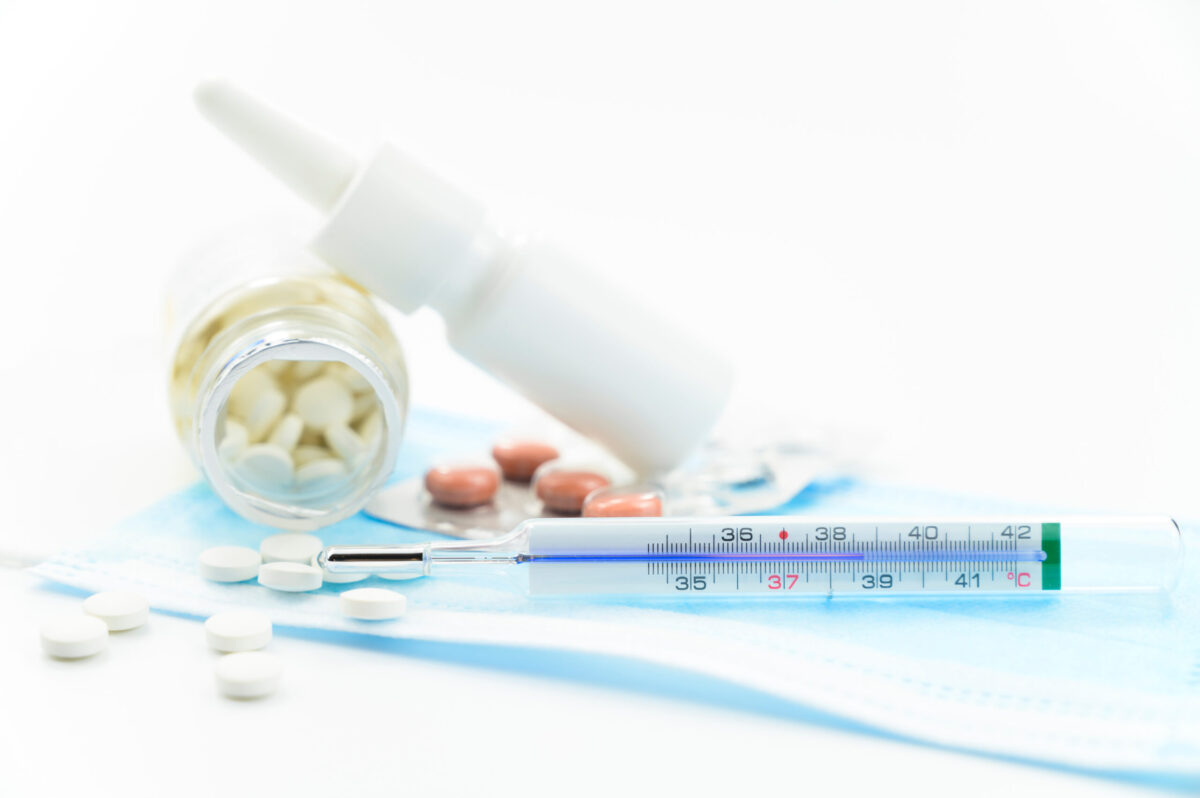World Lupus Day is observed on May 10 every year, with the aim of raising awareness about lupus. The purpose of this day is to educate the public about the symptoms, causes and treatments of lupus, as well as to show support for those living with the disease.
Lupus is a chronic autoimmune disease where the immune system attacks healthy tissues and organs, causing inflammation and damage. It is a complex disease that can affect any part of the body, including the skin, joints, kidneys, brain and other organs.
Lupus affects an estimated five million people worldwide, with approximately 1.5 million of those individuals living in the US. Lupus occurs more often in women than men, with women accounting for approximately 90 percent of all cases. It can occur at any age, but lupus is most often diagnosed in people who are between 15 to 45 years old.
The average yearly direct costs of systemic lupus erythematosus (SLE) patients in the US range from $13,735 to $20,926.
The exact cause of lupus is not entirely understood, but it is thought to be from a combination of genetic, environmental and hormonal factors.
The symptoms of lupus can vary widely from person to person, and they can also come and go over time. Common symptoms include fatigue, joint pain and stiffness, skin rashes, fever and hair loss. Approximately 80 percent of patients with lupus get skin rashes, which are often one of the first signs of the disease. Lupus can also cause more serious complications, such as kidney damage, heart problems and neurological disorders.
XTALKS WEBINAR: Solving Data Collection Challenges in Lupus Trials with the Electronic Lupus Assessment Suite
Live and On-Demand: Wednesday, June 7, 2023, at 11am EDT (4pm BST/UK)
Register for this free webinar to learn from a panel of clinical experts at the forefront of lupus research, explore traditional data collection challenges that can arise in lupus clinical trials and hear first-hand experiences solving these challenges.
What Is the Theme of World Lupus Day 2023?
The theme of this year’s World Lupus Day is “Make Lupus Visible.” It’s an appeal to raise public awareness regarding the diagnosis of lupus and its social, psychological and economic impact, alongside a request to the World Health Organization (WHO) to recognize lupus as a global health priority.
How Can We Celebrate World Lupus Day?
Here are some things you can do on World Lupus Day:
- Wear purple: Lupus awareness is symbolized by the color purple. You can show your support for lupus awareness by wearing purple clothes or accessories, like a purple ribbon or a lupus awareness bracelet.
- Educate yourself and others: Learn more about lupus and its symptoms, causes and treatments. Share what you learn with your friends, family and social media followers to help raise awareness about this chronic illness.
- Donate to lupus organizations: Many organizations work towards finding a cure for lupus and improving the lives of those living with the disease. You can donate to these organizations to help support their efforts.
- Get involved in local events: Check with local lupus organizations to see if they are hosting any events or fundraisers in honor of World Lupus Day 2023. Participate in these events to show your support and raise awareness about lupus in your community.
- Support someone with lupus: If you know someone who is living with lupus, show them your support by offering to help with daily tasks or just spending time with them. Let them know that they are not alone in their fight against this chronic illness.
By coming together as a community, we can work towards finding a cure for lupus and improving the lives of those affected by this illness.
What are Some New Medications for Lupus?
Although there is no cure for lupus at this time, there are treatments that can help manage the symptoms and prevent organ damage from lupus.
GSK’s Benlysta (belimumab) is a monoclonal antibody that was approved by the US Food and Drug Administration (FDA) in 2011 for the treatment of SLE. What’s special about Benlysta is that it was the first and only approved biologic for SLE in over five decades. It works by targeting a protein called B-lymphocyte stimulator (BLyS) that is overproduced in people with lupus and contributes to an overactive immune system. According to the Institute for Clinical and Economic Review (ICER), the average annual cost of Benlysta is around $43,000 without insurance.
AstraZeneca’s Saphnelo (anifrolumab) is a monoclonal antibody that was approved by the FDA in 2021 for the treatment of SLE. It was the first new drug approval for SLE in more than a decade. Saphnelo targets interferon-alpha, a protein that is overproduced in people with lupus and contributes to the disease’s symptoms. The average retail price of Saphnelo is thought to be over $4,800 per month, without insurance included.
Lupkynis (voclosporin), developed by Aurinia Pharmaceuticals, is a calcineurin inhibitor that was approved by the FDA in 2021 for the treatment of adults with active lupus nephritis (LN). Lupkynis was the first FDA-approved oral medication specifically indicated for the treatment of LN. It works by suppressing the immune system and decreasing inflammation in the kidneys. The ICER reports that the estimated annual price of Lupkynis is $92,000, without insurance coverage.
Investigational Drugs in Phase III Clinical Trials for Lupus
There are a couple of investigational drugs that are new molecular entities (NME) in Phase III trials for lupus. One of them is Novartis’ ianalumab (previously known as VAY736), an investigational monoclonal antibody. Ianalumab works by targeting the protein B-cell activating factor (BAFF), which is overproduced in people with lupus and contributes to the disease’s symptoms. By blocking BAFF, ianalumab may help reduce inflammation and the activity of the immune system, which may help lessen the symptoms of lupus.
Currently, ianalumab is being evaluated in a Phase III clinical trial, which is expected to enroll approximately 406 patients with active SLE. The study will assess the safety and efficacy of ianalumab compared to a placebo over a period of 60 weeks. If the results of the Phase III trial are positive, ianalumab could potentially become a new treatment option for people with lupus.
Biogen’s litifilimab (referred to as BIIB059) is a monoclonal antibody that is currently in a Phase III clinical trial for SLE. The trial is expected to enroll around 540 participants with active SLE who are receiving background nonbiologic lupus standard of care. The study will assess the safety and efficacy of litifilimab compared to a placebo over a period of 52 weeks.
Litifilimab has a new mechanism of action and is thought to work by binding to blood dendritic cell antigen 2 (BDCA2), a receptor that is only expressed on a type of immune cells called plasmacytoid dendritic cells (pDCs). BDCA2 has been shown to lower the production of inflammatory mediators that are believed to contribute to the pathogenesis of lupus.
The development of these novel, promising drugs represents a substantial step forward in the search for effective treatments for lupus.












Join or login to leave a comment
JOIN LOGIN